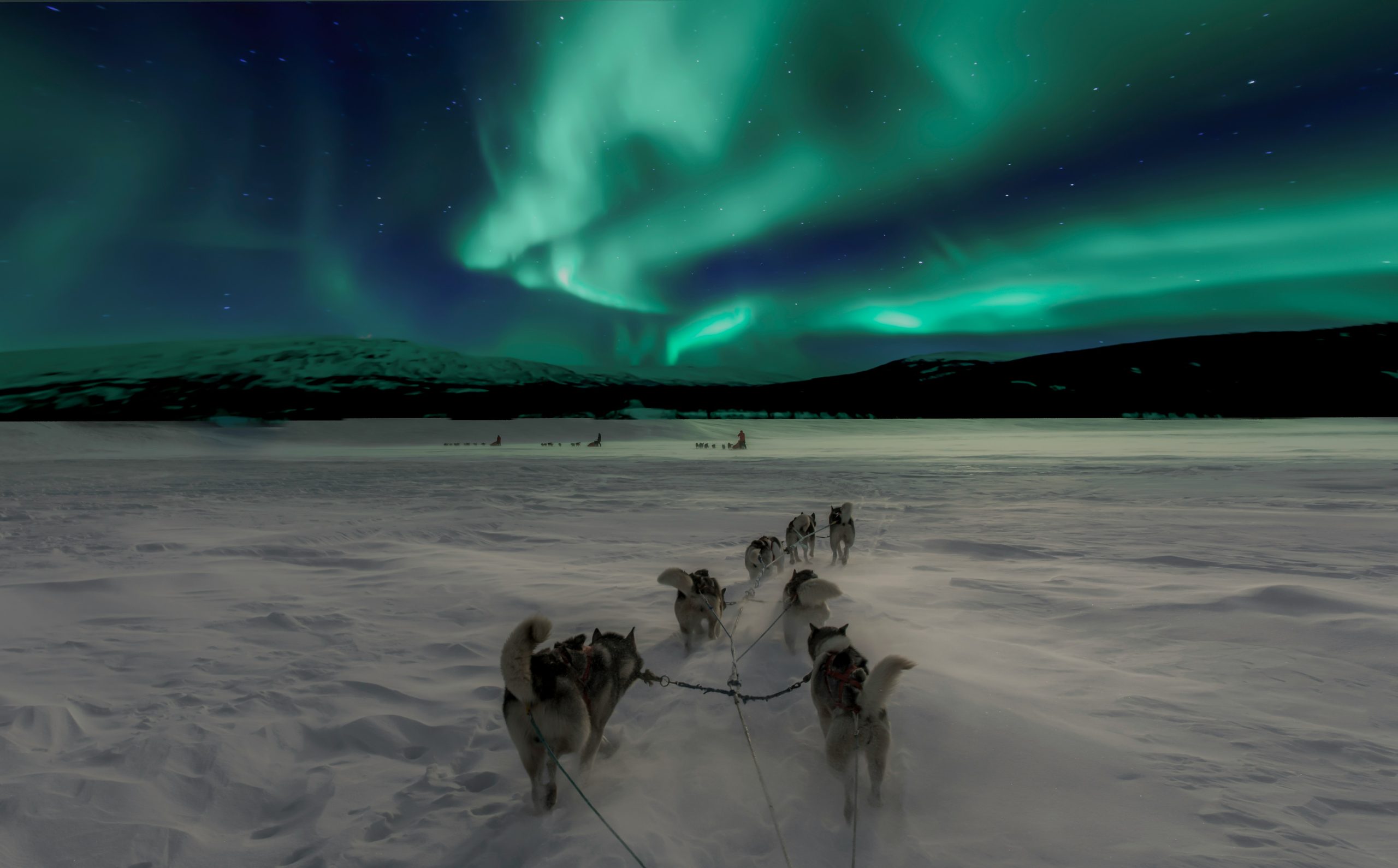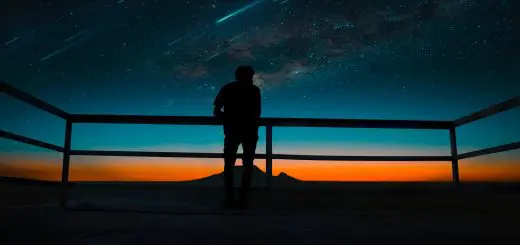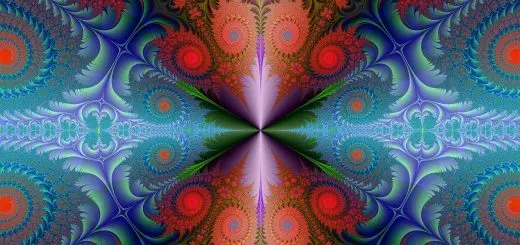Cultural Significance of Halloween Symbols

Looking for more amazing products? Check out our online store and explore our collection here! Happy shopping!
Before diving in, please note: This post is for informational purposes only. If you’d like to know more about how we approach topics, feel free to check out our friendly Disclaimer Page.
Hey there, amazing readers! 
We’re committed to delivering quality posts, and your support (even just sticking around despite the ads) means everything to us. So, bear with us, and thanks for helping us keep the good vibes rolling. Now, on to the fun stuff!
TRANSLATE BUTTON AT THE END OF THE ARTICLE
A Quick Overview
Halloween is a time when the air turns crisp, leaves fall, and the chill of autumn sets in.
It’s a season that brings out creativity, nostalgia, and a dash of spookiness.
Every October 31, people across the globe engage in a colorful tapestry of traditions, making the most of the horror-themed holiday.
But what makes Halloween so captivating?
It’s the symbols!
From pumpkins to bats, each symbol has a rich history and cultural significance that adds depth to this bewitching occasion.
Let’s take a stroll through the enchanting symbols of Halloween and explore what they represent.
Exploring the Enchanting Symbols of Halloween
Halloween is like a masquerade ball for the senses.
Every symbol tells a story, each more fascinating than the last.
It’s not just about the scary decorations or the candy.
These symbols create a connection to our past, they evoke emotions, and they spark joy.
They encapsulate the essence of Halloween—celebration, fear, and community.
The blend of ancient traditions and modern practices creates a unique experience for everyone.
Cultural significance can vary greatly from one region to another, showcasing diversity.
Many symbols stem from ancient rituals, representing the cycle of life, death, and rebirth.
Halloween symbols often serve as a conduit for storytelling, bridging generations.
The visual aspects of these symbols enhance the festive atmosphere, drawing people in.
Some symbols foster a sense of belonging, uniting communities during this special time.
The interplay of light and dark in these symbols highlights the duality of human experience.
Symbolic acts, like trick-or-treating, reflect social rituals that have evolved over time.
Halloween is also a time for creativity, with symbols encouraging personal expression.
Through symbols, we can celebrate shared values and acknowledge our fears.
The Pumpkin: A Bright Beacon of Halloween Spirit
The pumpkin is arguably the crown jewel of Halloween symbols.
It’s the grand centerpiece of fall festivities, and its bright orange hue is unmistakable.
But where did this beloved gourd come from, and why does it hold such significance?
Pumpkins originated in Central America thousands of years ago.
They were cultivated by Native Americans long before Halloween existed.
The vibrant color of pumpkins symbolizes harvest, abundance, and the bounty of the earth.
Today, pumpkins are often used in pies, soups, and lattes, bridging culinary traditions with festive celebrations.
Carving pumpkins is an age-old tradition, transforming them into jack-o’-lanterns, which brings a fun, creative element to the holiday.
The act of carving can be a family ritual, creating lasting memories and fostering togetherness.
In many cultures, pumpkins represent the transition from life to death, echoing the themes of Halloween.
They also have a practical function; their flesh can be used for food, making them a sustainable choice.
The pumpkin patch becomes a delightful destination for families, offering a chance to bond with nature.
Pumpkins can be seen as a symbol of light overcoming darkness, especially when illuminated at night.
In popular culture, pumpkins have come to embody Halloween’s whimsical and festive spirit.
Jack-o’-Lanterns: From Folklore to Festive Fun
When we think of Halloween, the image of a glowing jack-o’-lantern often comes to mind.
But this tradition has deep roots in folklore that adds a layer of intrigue to its charm.
The origin of jack-o’-lanterns can be traced back to an Irish legend about a man named Stingy Jack.
According to the tale, Jack tricked the devil into a deal and was doomed to wander the earth with only a carved turnip to light his way.
When Irish immigrants came to America, they found pumpkins to be more suitable for carving, leading to the modern jack-o’-lantern.
Each carved face tells a story, whether it’s ghoulish, funny, or silly.
This aspect invites personal expression.
The light inside symbolizes the guiding spirit, warding off evil spirits that might wander during Halloween.
Jack-o’-lanterns can be seen as a rite of passage for children, as they engage in the creative process of carving.
Neighborhoods become a canvas of artistry, as families showcase their unique designs.
The tradition promotes community interaction, with homes lit up with creativity and cheer.
Jack-o’-lanterns serve as a reminder of the cycle of life and death, blending celebration with introspection.
The glow of a jack-o’-lantern resonates with the warmth of Halloween, inviting friends and families to gather.
Bats: Mystical Creatures of the Night
Bats have long been associated with Halloween, but these nocturnal creatures are much more than just spooky decorations.
In many cultures, bats symbolize transformation and renewal.
They are often seen as omens of change.
Their ability to navigate in darkness reflects the human journey through fear and uncertainty.
Folklore often portrays bats as magical beings associated with witches and the supernatural.
Throughout history, bats have been linked to the underworld, representing the connection between life and death.
Halloween decorations featuring bats add a mystical element, enhancing the spooky vibe of the season.
Bats are also misunderstood; they are vital to ecosystems, controlling insect populations and pollinating plants.
Incorporating bats into Halloween celebrations can spark conversations about wildlife conservation.
The fluttering of bats at twilight creates an atmospheric backdrop, enhancing the eeriness of the holiday.
Bats in literature and film often symbolize the unknown, challenging us to confront our fears.
Inviting bats into our Halloween decor can remind us of the wonder of nature and the mysteries it holds.
Ghosts: Spooky Spirits and Their Cultural Roots
Ghosts are another quintessential symbol of Halloween, often representing the spirits of the deceased.
Their presence invites us to ponder life beyond the grave.
Ghosts serve as a connection to ancestral spirits, reminding us of our roots and family history.
In various cultures, honoring the dead is a vital part of rituals, especially during autumn festivals.
The imagery of ghosts in Halloween decor often takes a light-hearted approach, softening the fear associated with death.
Ghost stories have been a part of oral traditions for centuries, fostering community bonding during spooky storytelling sessions.
The concept of ghosts can be traced back to ancient civilizations, where they were believed to protect or haunt the living.
Ghosts symbolize the fear of the unknown, tapping into primal human emotions that resonate deeply.
They invite us to ask questions about mortality, existence, and what comes after life—thoughts that can be both uplifting and unsettling.
As children dress up as ghosts, they engage in playful exploration of these themes, creating a safe space to confront fears.
Ghost-themed decorations can also foster creativity, as families share their interpretations of these ethereal beings.
In modern culture, ghosts have become a staple of Halloween, blending humor and horror in an entertaining way.
Witches: Empowering Figures in Halloween Lore
Witches are central to Halloween folklore, symbolizing both fear and empowerment.
Their portrayal has evolved over the years, reflecting societal changes.
Historically, witches were often wise women, healers, or midwives, revered for their knowledge of herbs and nature.
The witch hunts of the past reflect societal fears and the consequences of misunderstanding, leading to tragic outcomes.
Today, witches are celebrated for their independence and connection to nature, embodying a spirit of empowerment.
The imagery of witches on broomsticks conjures playful associations, transforming fear into fun.
Witches in modern media often portray strong female figures, challenging stereotypes and encouraging self-expression.
Halloween costumes allow individuals to embrace their inner witch, fostering creativity and individuality.
Many cultures have rituals honoring witches, recognizing their role in community health and well-being.
In recent years, there’s been a resurgence in witchcraft as a spiritual practice, emphasizing empowerment and self-discovery.
Witches symbolize the balance between light and dark, embodying the complexities of human experience.
Through witch-themed festivities, communities can engage in dialogue about acceptance, understanding, and female power.
Black Cats: Superstitions and Their Bewitching Charm
Black cats have long been a symbol of mystery and superstition, particularly during Halloween.
Their connection to the supernatural adds an intriguing layer to their cultural significance.
In many cultures, black cats were once considered good luck, associated with prosperity and protection.
The association of black cats with witches stems from historical misconceptions, leading to their image as ominous creatures.
Halloween often sees an uptick in black cat imagery, emphasizing their role in folklore and superstition.
Personal stories of black cats serving as loyal companions can challenge negative stereotypes, showcasing their loving nature.
The sleek elegance of black cats adds an aesthetic charm to Halloween celebrations, enhancing the spooky atmosphere.
Many animal shelters encourage adoption of black cats around Halloween to counteract their negative associations.
Engaging with the symbolism of black cats can spark discussions about compassion and understanding towards all animals.
Black cats also symbolize transformation, as they occupy the threshold between the known and the unknown.
Their mysterious nature invites curiosity and wonder, making them a delightful addition to Halloween lore.
By embracing the charm of black cats, we can transform fear into love and appreciation for these beautiful creatures.
Costumes: Celebrating Creativity and Tradition
Dressing up in costumes is one of the most beloved aspects of Halloween.
It’s an opportunity to express oneself, embrace creativity, and celebrate tradition.
Costumes allow individuals to step into alternate personas, fostering exploration of identity and imagination.
The history of costumes dates back to ancient festivals where disguises were worn to ward off evil spirits.
Children and adults alike revel in the excitement of choosing or creating unique costumes, reflecting personal interests and passions.
Family traditions often emerge around costume selection, creating cherished memories that last a lifetime.
Costumes often incorporate cultural elements, highlighting diversity and the richness of different traditions.
Halloween parades and parties allow communities to come together, showcasing creativity in a festive atmosphere.
The thrill of trick-or-treating is enhanced by costumes, adding an element of playfulness to the experience.
Costumes can also serve as a form of social commentary, reflecting contemporary issues in a light-hearted way.
Engaging in costume-making promotes resourcefulness and creativity, encouraging upcycling and DIY projects.
Ultimately, the act of dressing up during Halloween fosters a sense of joy, camaraderie, and connection to the spirit of the holiday.
Candy Corn: A Sweet Symbol of Halloween Delight
Candy corn, those little triangular treats, are often a topic of debate, but they undeniably hold a special place in Halloween celebrations.
Introduced in the late 1800s, candy corn was originally created as a harvest-themed treat.
The iconic tri-color design symbolizes autumn and is visually appealing, evoking nostalgia and childhood memories.
Despite mixed opinions on taste, candy corn remains a staple in Halloween candy bowls, representing the fun of trick-or-treating.
The sweet treat has inspired various recipes and desserts, showcasing its versatility in culinary traditions.
Many groups host candy corn-themed events or contests, fostering community participation and excitement.
Its colorful appearance adds a festive touch to decorations and party favors during Halloween gatherings.
The controversy around candy corn often leads to playful debates, bringing friends and families together.
Candy corn can be seen as a metaphor for the blending of sweet and sour experiences in life.
For many, candy corn is a beloved childhood memory, symbolizing the innocence and joy of Halloween.
Ultimately, this treat embodies the spirit of Halloween—celebrating sweetness amidst the spookiness.
Skeletons: Reminders of Life and Death’s Duality
Skeletons are iconic symbols of Halloween, representing the duality of life and death.
Their presence serves as a poignant reminder of our mortality.
Skeletons remind us of the cycle of life; they embody both the end of life and the essence of what it means to be human.
In various cultures, skeletons are celebrated during festivals, such as Dia de los Muertos, honoring deceased loved ones.
The visual representation of skeletons in art and decorations invites contemplation on the fragility of life.
Skeleton-themed costumes and decorations allow individuals to confront fears of death in a playful manner.
Many skeleton decorations carry an element of humor, softening the fear associated with death.
Skeletons have become a staple in Halloween parties, providing an element of whimsy amidst the spooky.
They connect us to the past, reminding us to honor traditions and the memories of those who came before us.
The fascination with skeletons often leads to creative expressions, from dance to art, exploring themes of mortality.
Skeletons symbolize resilience; they remind us that life continues even after loss.
Ultimately, skeletons encapsulate the essence of Halloween, blending celebration with reflection on life’s impermanence.
Spiders: Nature’s Fascinating Creatures of Fear
Spiders are often seen as scary, particularly around Halloween, but they play a vital role in nature and carry fascinating cultural significance.
Spiders symbolize creativity and patience, as they weave intricate webs that are masterpieces of engineering.
In folklore, spiders are often depicted as guides or protectors, showing their dual nature in various cultures.
The fear of spiders (arachnophobia) can be linked to their mysterious nature, invoking both fascination and fear.
Halloween decorations featuring spiders add an immersive element to spooky atmospheres, enhancing the thrill.
Many cultures view spiders as symbols of good luck, connecting them to dreams and creativity.
Spider-themed costumes allow people to embrace their fears in a fun and light-hearted way.
The presence of spiders in nature promotes biodiversity, helping to maintain ecological balance.
Engaging with spider symbolism during Halloween can spark curiosity about their role in our world.
Stories and myths surrounding spiders often highlight themes of transformation and rebirth, enriching their cultural context.
By celebrating spiders during Halloween, we can foster a deeper appreciation for these misunderstood creatures.
Halloween: A Celebration of Diversity and Community Fun
Halloween is not just a holiday; it’s a celebration that brings together people from all walks of life.
The array of symbols, traditions, and festivities highlights the beauty of cultural diversity.
Communities come alive during Halloween, with parades, parties, and local events uniting people in celebration.
The blending of ancient customs with contemporary practices showcases the dynamic nature of culture.
Halloween traditions vary widely across different cultures, creating a rich tapestry of practices and beliefs.
Engaging in shared celebrations fosters a sense of belonging and connection, strengthening community ties.
Halloween is a time to embrace creativity, encouraging everyone to express themselves through costumes and decor.
The holiday often promotes inclusivity, inviting people of all ages and backgrounds to participate.
Many communities organize charity events during Halloween, emphasizing the spirit of giving and support.
Local businesses often join in, creating a vibrant atmosphere that encourages community interaction.
The fun of trick-or-treating brings neighborhoods together, fostering goodwill and connections between families.
Ultimately, Halloween is a joyous occasion that highlights the importance of diversity, creativity, and community spirit.
Conclusion
Halloween is a captivating celebration steeped in rich symbolism and history.
From the humble pumpkin to the enigmatic bat, each symbol invites us to reflect on life, death, and the connections we share with one another.
As we don our costumes, carve our pumpkins, and indulge in sweet treats, we engage in a time-honored tradition that transcends generations.
Halloween is a reminder that while we may face fears and uncertainties, we can come together in celebration, creativity, and community.
So, as October 31 approaches, let’s embrace the magic of Halloween symbols and all the joy they bring!

The Enlightenment Journey is a remarkable collection of writings authored by a distinguished group of experts in the fields of spirituality, new age, and esoteric knowledge.
This anthology features a diverse assembly of well-experienced authors who bring their profound insights and credible perspectives to the forefront.
Each contributor possesses a wealth of knowledge and wisdom, making them authorities in their respective domains.
Together, they offer readers a transformative journey into the realms of spiritual growth, self-discovery, and esoteric enlightenment.
The Enlightenment Journey is a testament to the collective expertise of these luminaries, providing readers with a rich tapestry of ideas and information to illuminate their spiritual path.
Our Diverse Expertise
While our primary focus is on spirituality and esotericism, we are equally passionate about exploring a wide range of other topics and niches 

To ensure we provide the most accurate and valuable insights, we collaborate with trusted experts in their respective domains 
Our blog originally focused on spirituality and metaphysics, but we’ve since expanded to cover a wide range of niches. Don’t worry—we continue to publish a lot of articles on spirituality! Frequently visit our blog to explore our diverse content and stay tuned for more insightful reads.
Hey there, amazing reader! 
Check out our store here and take a peek at some of our featured products below! Thanks for being awesome!










